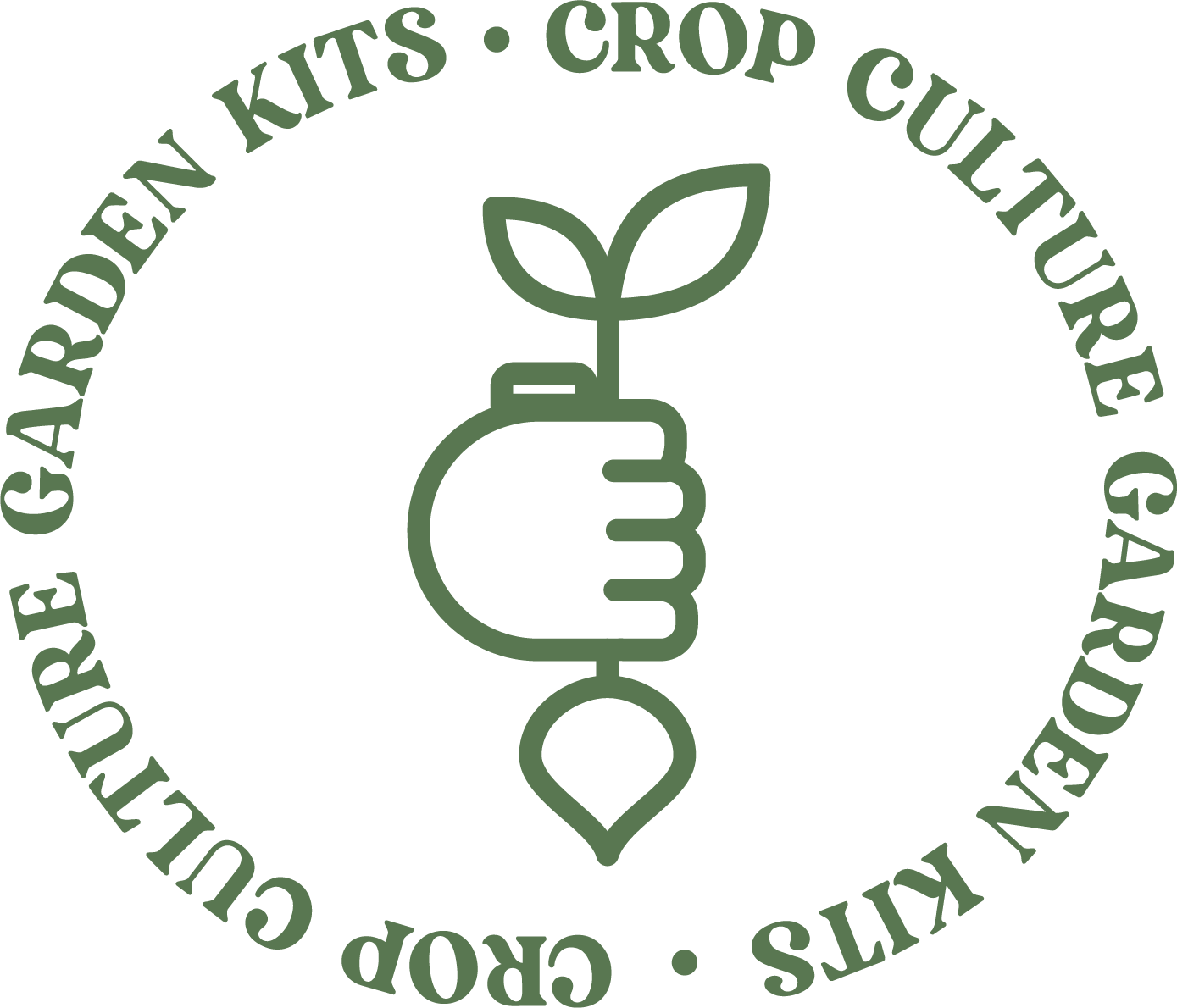
The Circular Economy:
A regenerative economy is an economic system that aims to restore and replenish natural resources, while also promoting social well-being and economic prosperity. It goes beyond sustainability by actively working to restore ecosystems, regenerate biodiversity, and enhance the resilience of communities.
In a regenerative economy, the focus is on shifting from a linear "take-make-waste" model to a circular model that mimics the regenerative processes found in nature. This involves designing products and systems that minimize waste, maximize resource efficiency, and prioritize the use of renewable resources. It also entails integrating principles of social equity and inclusivity to ensure that the benefits of economic activities are shared by all members of society.
Key principles of a regenerative economy include:
Restoring and preserving ecosystems: The aim is to protect and enhance the health and vitality of ecosystems, promoting biodiversity, and restoring degraded landscapes.
Closing the loop: Emphasis is placed on reducing waste and pollution by designing products, services, and systems that are circular and regenerative, minimizing resource extraction, and maximizing reuse, recycling, and upcycling.
Social well-being: A regenerative economy prioritizes the well-being and equity of communities, ensuring that economic activities contribute to improved living standards, social justice, and high quality of life for all.
Collaborative and inclusive approach: It involves engaging diverse stakeholders, including businesses, governments, communities, and individuals, in collective decision-making and action toward regenerative practices.
Overall, a regenerative economy seeks to create a harmonious and sustainable relationship between human activities and the natural environment, fostering long-term prosperity and well-being for current and future generations.
The Circular Economy:
The current food system has supported a fast-growing population and fueled economic development and urbanization. Yet, these productivity gains have come at a cost, and the model is no longer fit to meet longer term needs. Shifting to a circular economy for food presents an attractive model with huge economic, health, and environmental benefits across the food value chain and society more broadly.
Sources:
The UN Sustainable Development Goals (SDG’S)
The Sustainable Development Goals are the blueprint to achieve a better and more sustainable future for all. They address the global challenges we face, including those related to poverty, inequality, climate change, environmental degradation, peace and justice. The 17 Goals are all interconnected, and in order to leave no one behind, it is important that we achieve them all by 2030.
Sources:


